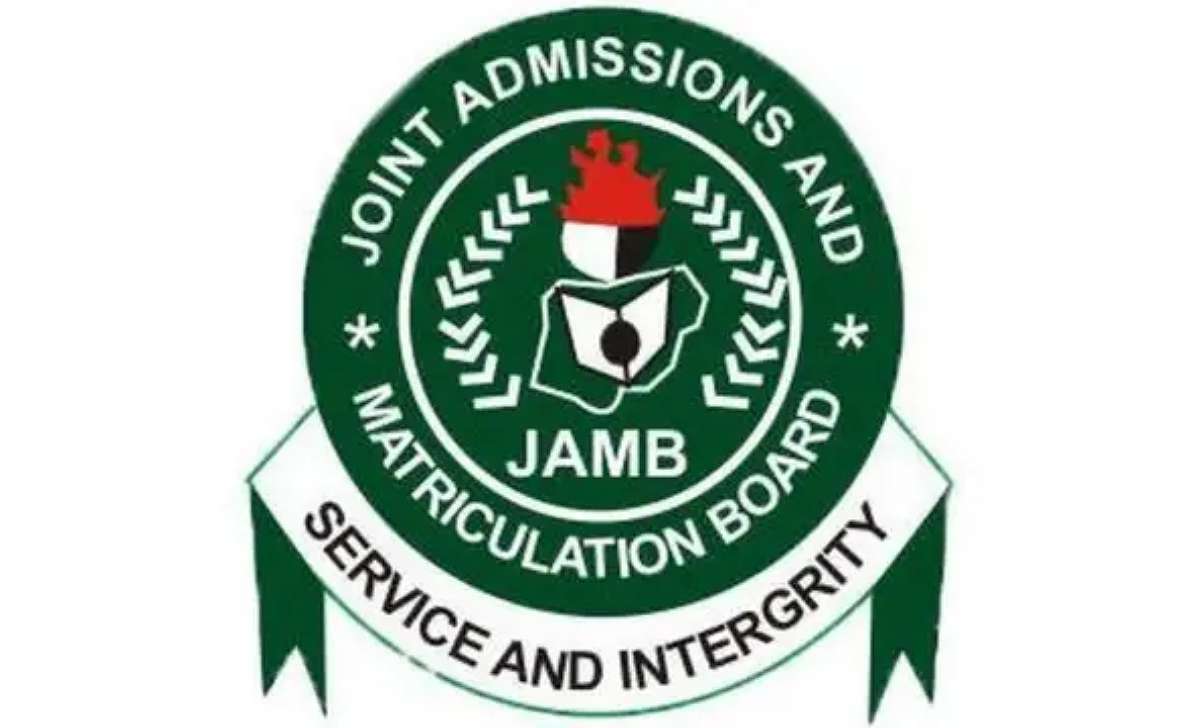JAMB Syllabus for Commerce outlines all the topics and objectives required to excel in the Commerce section of the UTME.
This article provides an in-depth look at the syllabus, helping you prepare effectively and download the official PDF.
What is the JAMB Syllabus for Commerce?
The JAMB syllabus for Commerce is a detailed guide that highlights the specific topics and subtopics students need to study for the UTME Commerce exam. It focuses on providing a solid foundation in commercial principles and their practical applications.
Why You Need the JAMB Commerce Syllabus
- Exam Preparation: Understand the topics that will be tested.
- Focused Study: Avoid wasting time on irrelevant materials.
- Exam Success: Gain a comprehensive understanding of Commerce concepts.
Detailed Breakdown of the JAMB Commerce Syllabus 2025/2026
Here’s a comprehensive overview of the topics covered in the syllabus:
1. Introduction to Commerce
- Definition and scope of Commerce.
- Characteristics and functions of Commerce in modern economies.
- The importance of Commerce to individuals and businesses.
2. Occupation
- Types of occupations: Industrial, commercial, and services.
- Factors influencing the choice of occupation.
- The relevance of occupations in economic development.
3. Production
- Factors of production (land, labor, capital, and entrepreneurship).
- Division of labor and specialization.
- Types of production: Primary, secondary, and tertiary.
4. Trade
Home Trade
- Retail trade: Types of retailers, their functions, and characteristics.
- Wholesale trade: Types of wholesalers and their roles.
Foreign Trade
- Export and import trade processes.
- Documents used in foreign trade (e.g., bill of lading, invoice).
- Challenges and benefits of international trade.
5. Purchase and Sale of Goods
- Steps involved in purchasing and selling goods.
- Terms of trade: C.O.D, F.O.B, and C.I.F.
- Payment methods: Cash, credit, and electronic payments.
6. Aids to Trade
- Importance of transportation, warehousing, insurance, and banking.
- Advertising as a tool for business growth.
- The role of tourism in trade.
7. Business Units
- Types of business organizations: Sole proprietorship, partnership, cooperative societies, joint-stock companies.
- Characteristics, advantages, and disadvantages of each type.
8. Sources of Business Finance
- Short-term and long-term financing.
- Sources: Loans, overdrafts, shares, debentures, and retained earnings.
9. Trade Associations
- Roles of trade unions, chambers of commerce, and manufacturers’ associations.
- Contributions to business development.
10. Money
- Characteristics and functions of money.
- Types of money: Commodity money, fiat money, and cryptocurrency.
JAMB Syllabus for Commerce 2025/2026
| TOPICS/CONTENTS/NOTES | OBJECTIVES |
| 1. Commerce
2. Occupation 3. Production |
Candidates should be able to:
Candidates should be able to: Candidates should be able to: |
| 4. Trade
(i) Retail trade: – Types of retailers (ii) Wholesale trade: – Types of wholesalers (merchant, agent, general, etc) b. Foreign trade (i) Basic issues in foreign trade (balance of |
Candidates should be able to:
|
| 5. Purchase and Sale of Goods
(ii) Terms of trade (trade discount, quantity discount, cash discount, warranties, C.O.D., C.I.F., F.O.B., and E.O.E.etc) (iii) Terms of payments a. Cash – Legal tender |
Candidates should be able to:
|
How to Use the JAMB Syllabus for Commerce Effectively
- Understand the Objectives: Review each topic’s aim and learning objectives.
- Create a Study Plan: Allocate time for each topic and stick to your schedule.
- Practice Past Questions: Use past UTME questions to identify key areas of focus.
- Download Study Materials: Leverage the official PDF for a structured study approach.
JAMB Syllabus for All Subjects
- * JAMB Syllabus for Agricultural Science 2025/2026
- * JAMB Syllabus for Arabic 2025/2026
- * JAMB Syllabus for Art 2025/2026
- * JAMB Syllabus for Biology 2025/2026
- * JAMB Syllabus for Chemistry 2025/2026
- * JAMB Syllabus for Christian Religious Studies 2025/2026
- * JAMB Syllabus for Commerce 2025/2026
- * JAMB Syllabus for Computer Studies 2025/2026
- * JAMB Syllabus for Economics 2025/2026
- * JAMB Syllabus for French 2025/2026
- * JAMB Syllabus for Geography 2025/2026
- * JAMB Syllabus for Government 2025/2026
- * JAMB Syllabus for Hausa 2025/2026
- * JAMB Syllabus for History 2025/2026
- * JAMB Syllabus for Home Economics 2025/2026
- * JAMB Syllabus for Igbo 2025/2026
- * JAMB Syllabus for Islamic Studies 2025/2026
- * JAMB Syllabus for Literature in English 2025/2026
- * JAMB Syllabus for Mathematics 2025/2026
- * JAMB Syllabus for Music 2025/2026
- * JAMB Syllabus for Physical and Health Education 2025/2026
- * JAMB Syllabus for Physics 2025/2026
- * JAMB Syllabus for Principles of Accounting 2025/2026
- * JAMB Syllabus for Use of English 2025/2026
- * JAMB Syllabus for Yoruba 2025/2026
- * JAMB UTME Syllabus for all Subjects 2025
